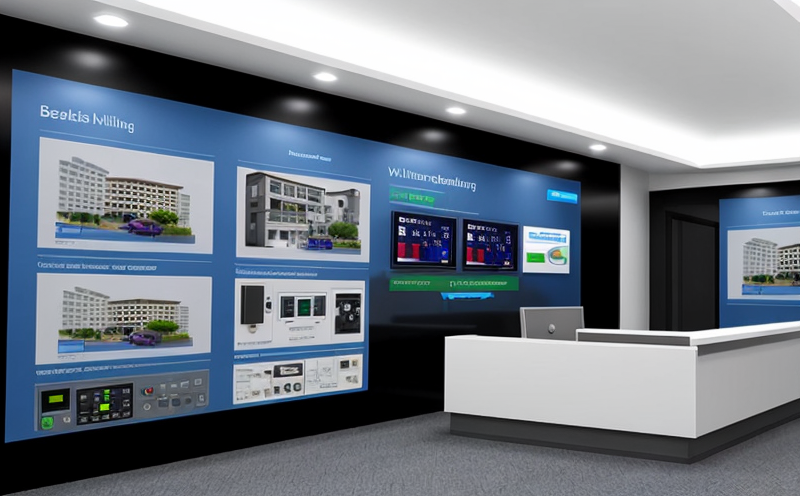EN 15232-2 Performance Verification
The EN 15232 series of standards provides a framework for assessing the performance and compliance of smart building systems. The second part, EN 15232-2 specifically focuses on the performance verification process, ensuring that the system behaves as specified under real-world operating conditions.
This service is critical in validating the functionality of integrated systems such as lighting controls, HVAC (heating, ventilation, and air conditioning), and access control. The test involves simulating operational scenarios to evaluate how well each component interacts with others within a smart building environment.
EN 15232-2 is widely used in the construction industry by architects, engineers, and contractors who aim to ensure compliance with local regulations while also achieving energy efficiency goals. It plays an essential role in quality assurance processes for new constructions as well as retrofits of existing buildings.
The standard covers a range of aspects including but not limited to:
- Control algorithms
- Data exchange protocols
- User interfaces
- Network configurations
Detailed testing ensures that all components work seamlessly together, minimizing operational discrepancies and enhancing overall system performance. This is particularly important given the increasing complexity of modern smart buildings where multiple subsystems need to function harmoniously.
A successful EN 15232-2 test not only demonstrates compliance with regulatory requirements but also builds trust between stakeholders—be it clients, investors, or end users. By providing robust evidence that your building meets the specified standards, this service helps secure long-term occupancy and operational benefits.
| Aspect | Description |
|---|---|
| Data Integrity | Ensures accurate transmission and processing of data between various subsystems. |
| User Experience | Evaluates ease-of-use and accessibility features from the end-user perspective. |
| Scalability | Determines whether the system can handle increased loads without degradation in performance. |
The detailed nature of EN 15232-2 makes it a cornerstone for any organization committed to delivering high-performance smart buildings. It supports continuous improvement through regular verification activities, ensuring that even as technology evolves, the integrity and effectiveness of these systems remain uncompromised.
Scope and Methodology
- Testing compliance with EN 15232-2 criteria
- Evaluation of system performance under real-world conditions
- Verification of interoperability between different subsystems
The scope includes the entire lifecycle of smart building systems from initial design through installation and operation. The methodology involves creating realistic scenarios that mimic actual usage patterns, thereby providing accurate assessments of system performance.
In practice, this entails setting up controlled environments where various parameters can be adjusted to observe how changes affect overall system behavior. For instance, adjusting temperature settings in an HVAC system during different times of day or varying occupancy levels could help identify potential issues early on.
International Acceptance and Recognition
- Countries such as the UK, Germany, France, and Spain recognize EN 15232-2
- The standard has been adopted by numerous certification bodies worldwide
- Many governments use it as part of their procurement processes for smart building projects
Given its widespread adoption across Europe and beyond, EN 15232-2 serves as a valuable tool for international collaboration on smart building initiatives. Its acceptance by key industry players underscores the importance placed upon ensuring robust performance verification practices.
Competitive Advantage and Market Impact
Implementing EN 15232-2 can give organizations a significant competitive edge in several ways:
- Maintaining compliance with stringent regulatory requirements.
- Enhancing customer satisfaction by delivering reliable, efficient systems.
- Promoting sustainable practices through optimized resource utilization.
In a marketplace increasingly focused on sustainability and efficiency, demonstrating adherence to this standard can set your products apart. It signals commitment to quality and reliability, which are crucial factors when considering long-term investments in smart building technology.





